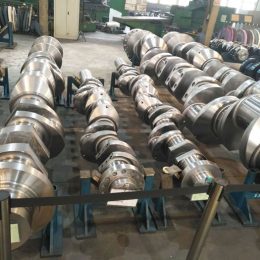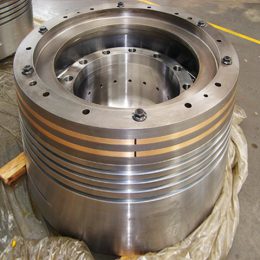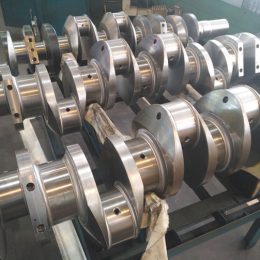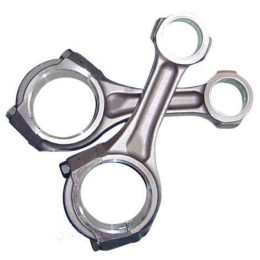Ship Engine Crankshafts: Understanding
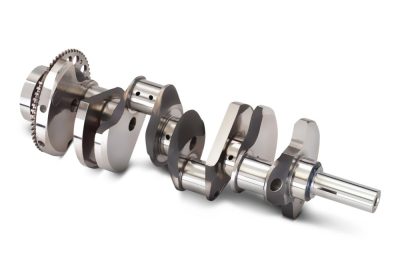
Ship engines are intricate machines that power vessels through the water, and one of the critical components that ensure their smooth functioning is the crankshaft. For anyone involved in the maintenance or repair of these machines, it is essential to understand the function and construction of crankshafts.
The primary role of the crankshaft in a ship engine is to convert the linear motion of the pistons into rotational motion. The connecting rods transfer the up-and-down motion of the pistons to the crankshaft, which, in turn, converts this motion into rotational energy that powers the propeller and moves the ship through the water.
There are two primary types of crankshafts used in ship engines: forged and cast. Forged crankshafts are made by heating a solid piece of metal and then hammering it into shape. Cast crankshafts, on the other hand, are created by pouring molten metal into a mold and allowing it to cool and solidify.
Several design considerations go into the manufacture of ship engine crankshafts. These include the type of materials used, the size and shape of the crankshaft, and the number of bearings needed to support it. To ensure durability and strength, it is crucial to select materials that can withstand the high levels of stress generated by the engine. Steel and cast iron are the most commonly used materials, with steel being preferred for its strength and durability, while cast iron is used for smaller, less powerful engines due to its lower cost. In specialized applications, other materials such as titanium and magnesium may also be used.
The manufacturing process for ship engine crankshafts varies depending on the type of crankshaft being produced. Forged crankshafts undergo a series of heating, hammering, and machining processes. In contrast, cast crankshafts are created through sand or die casting methods.
In conclusion
understanding the function and construction of ship engine crankshafts is crucial for anyone involved in their maintenance or repair. By selecting the right materials and manufacturing processes, ship owners and operators can ensure that their engines operate reliably and efficiently for many years to come.
